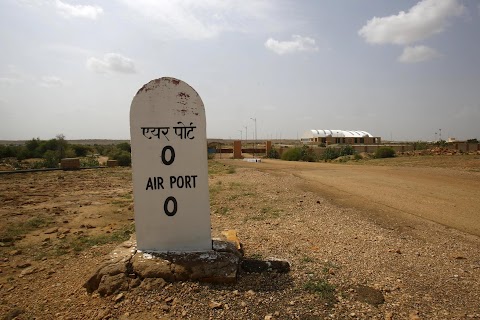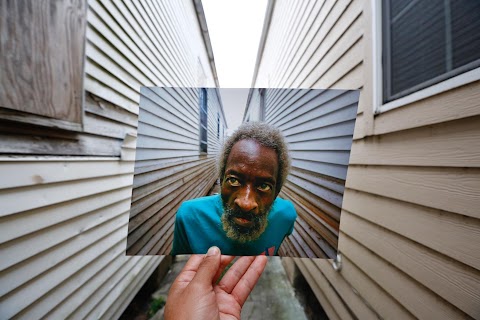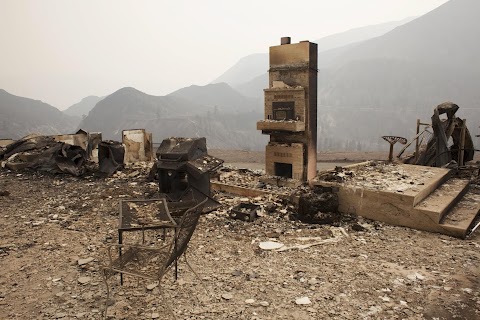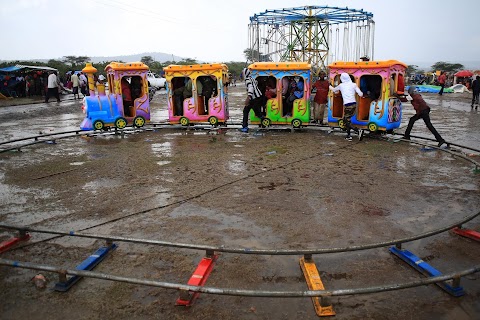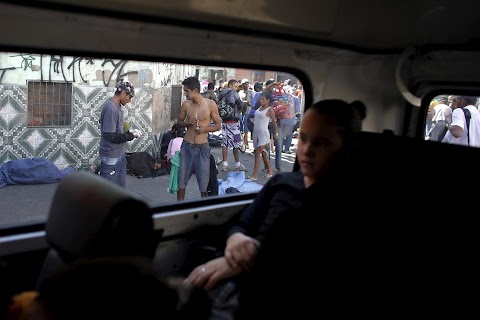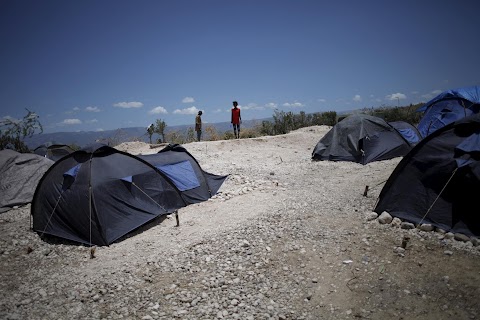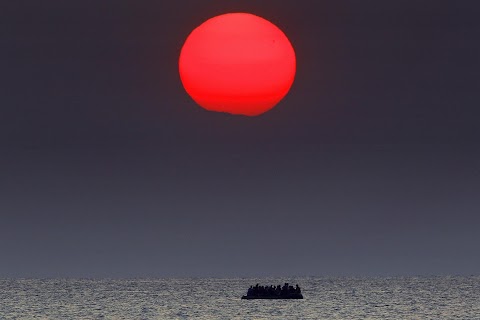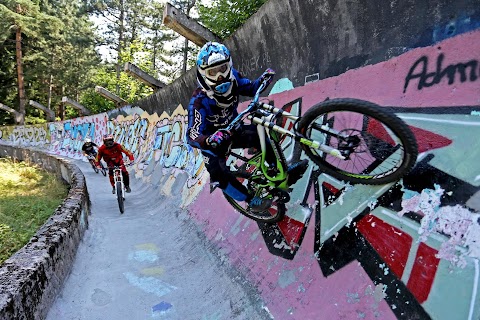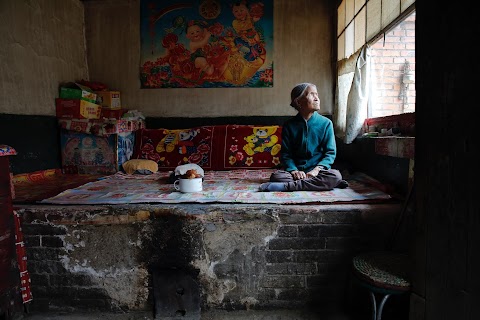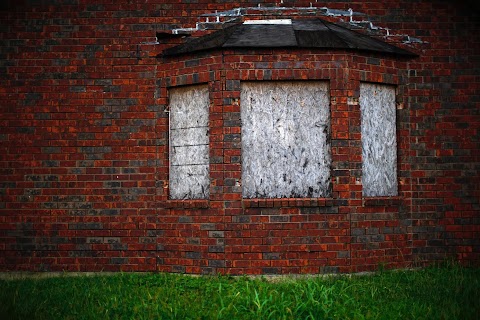
Hurricane Katrina 10 years on
 Carlos Barria Perspective by Carlos Barria
Carlos Barria Perspective by Carlos Barria
When I arrived in New Orleans after the 2005 hurricane, which caused flooding in 80 percent of the city and killed 1,572 people, the scene was quietly apocalyptic. There was dark water all around, empty highways, bodies wrapped in plastic.
The calm before the storm, the saying goes. But for many survivors of Katrina, it’s the calm after the storm that truly haunts.

As the dark clouds from a big storm gathered in the sky, local resident Errol Morning remembered that he was not too drunk that day, he only had a few drinks of whisky in the morning. I managed to find Morning, whose photo I took after the hurricane, again this year.
But his buzz gave way to a sense of dread as water began seeping into his trailer home in a suburban area of New Orleans, slowly rose up the walls, then kept rising, all the way to the roof. He climbed on top of his home.
When I saw Morning back in 2005, a local resident aged 60 at the time, he was paddling in an aluminium boat along a flooded street, using a plank for an ore. Ten years later I went to the same corner in a run-down neighbourhood. Abandoned houses are now part of the landscape.

For Jane Garrison, an animal-protection volunteer at the time, her strongest impression of the city after the storm was the silence, broken by only two things: helicopters flying overhead and the occasional bark of a dog.
Some of the animals were also on roofs, alone, waiting for owners who would never come home in some cases. Garrison, who now lives in Palm Springs, California, travelled to New Orleans to assist after the hurricane struck.

After some preliminary research, I drove for hours looking for the same people that I documented 10 years ago. Most of them I never found: one had died, others had moved on with little trace.
In a way, it wasn’t surprising. Almost the entire city was evacuated after the storm. For weeks, residents were not allowed to return to their homes as authorities tried to pump the water out and re-establish basic services.

Many people never moved back. They crossed state lines instead to start a new life. For those who returned home, the reality was hard - an entire city on its knees waiting to be rebuilt.
Some areas like the Lower Ninth Ward have seen many changes. The nearby levee broke, unleashing a wall of water that almost completely destroyed all the houses. The area is now rebuilt with homes on stilts.

Today, the mostly African-American neighbourhood has some new residents too: whites and Latinos. When I stopped by, there was a taco truck on the corner.
Some things haven’t changed. One morning, I found myself on Bourbon Street as the sun was rising and the thermometer climbed to 90 degrees. The smells of a long night of alcohol and partying rose from the street that’s long famous for attracting revellers from near and far.
Slideshow

Thousands of abandoned homes still litter neighbourhoods in New Orleans.

A decade after the storm triggered flooding that damaged 70 percent of the city's housing stock, the most-blighted streets in town are still lined with boarded-up houses.

In the Lower Ninth Ward in particular, large swaths of vacant houses and overgrown lots shelter rodents and snakes amid pockets of recovery where entire blocks of dwellings have been renovated.

Residents complain the areas are not safe for children to play and that abandoned housing invites the illegal drug trade and other criminal activity, hampering further recovery.

By some estimates, nearly 44,000 New Orleans houses were considered blighted as of 2010, but the city had problems even before Katrina, with as many as 30,000 homes in some state of disrepair.

The blighted houses remain in part because of a tangle of bureaucratic red tape involved in selling them off. Many homes in the Lower Ninth Ward were handed down through several generations and it’s unclear who holds the deed.

Abandoned land where a house used to stand is seen in the Lower Ninth Ward neighbourhood.

Willi Carter, a local resident of the Lower Ninth Ward neighbourhood, walks his dog by an abandoned house.

Lower Ninth Ward area residents walk by a levee wall reconstructed after Hurricane Katrina.

An abandoned gas pump is seen near Port Sulphur, south of New Orleans.

A child walks on a street in the Lower Ninth Ward neighbourhood.

A dead tree is seen in a marsh wetland area near Lafitte, south of New Orleans.

Sediment on wetland marshes is seen to create new solid ground near New Orleans. Experts believe that rebuilding artificial barrier islands and wetlands will help protect the city from rising sea levels in future storms.

Old oil tanks are seen in an area affected by Hurricane Katrina on the Mississippi river delta.

The so-called 1.8-mile-long, concrete "Great Wall of Louisiana” was designed to reduce the risk of storm surge in many parts of the city flooded during Katrina due to levee or floodwall failures.
